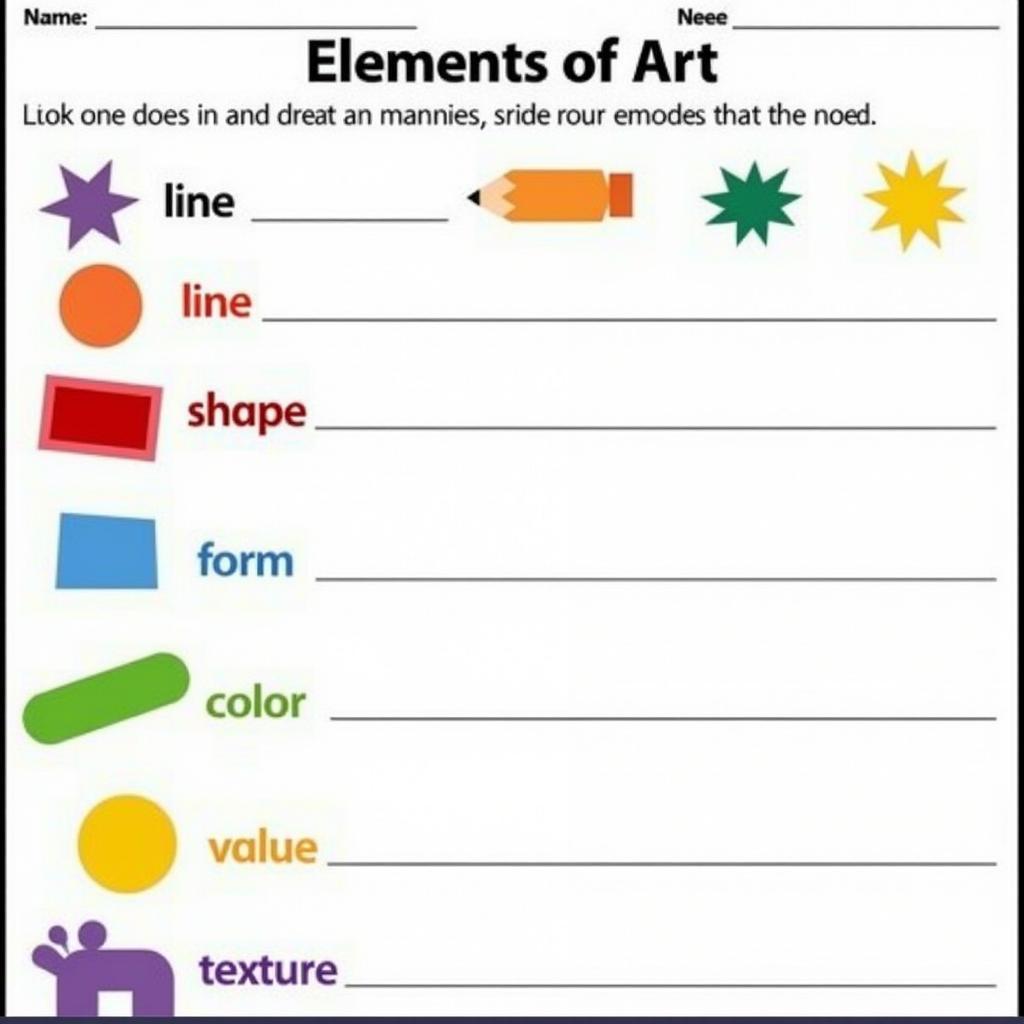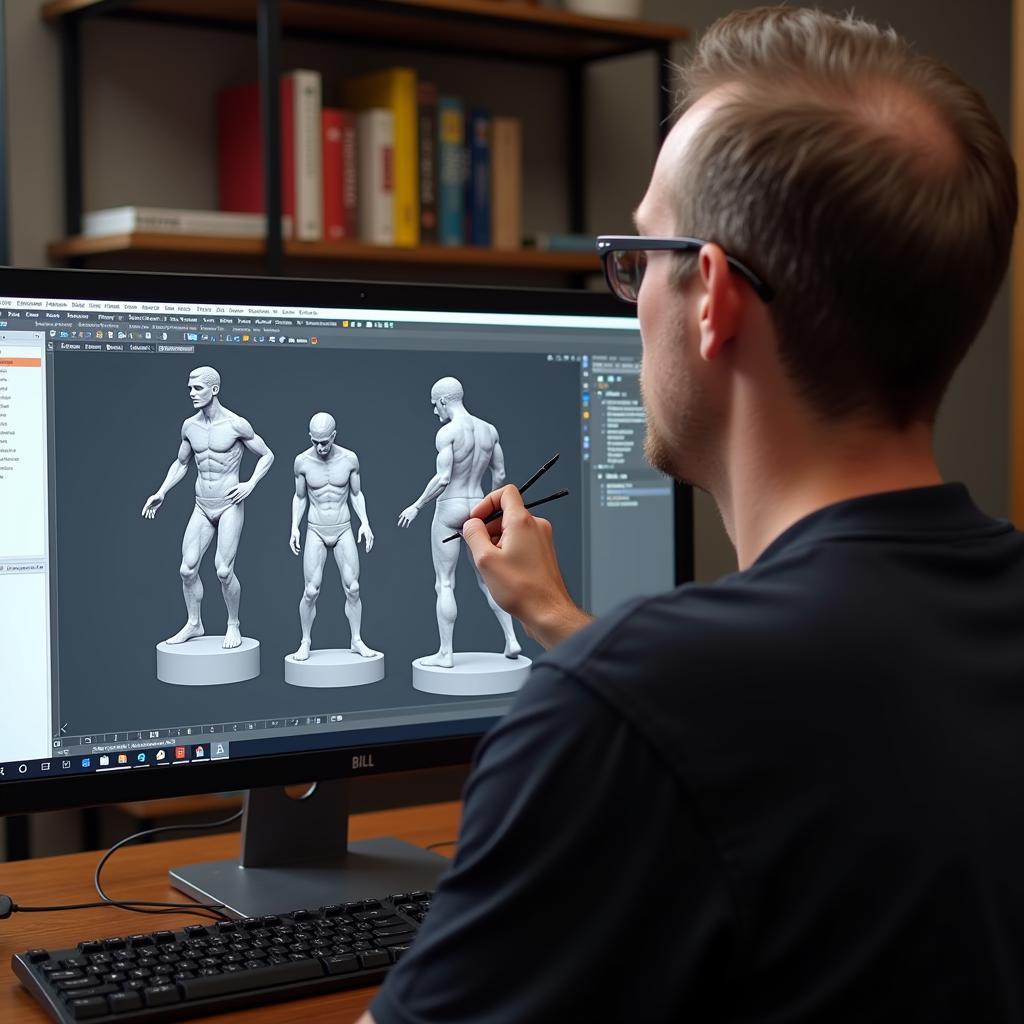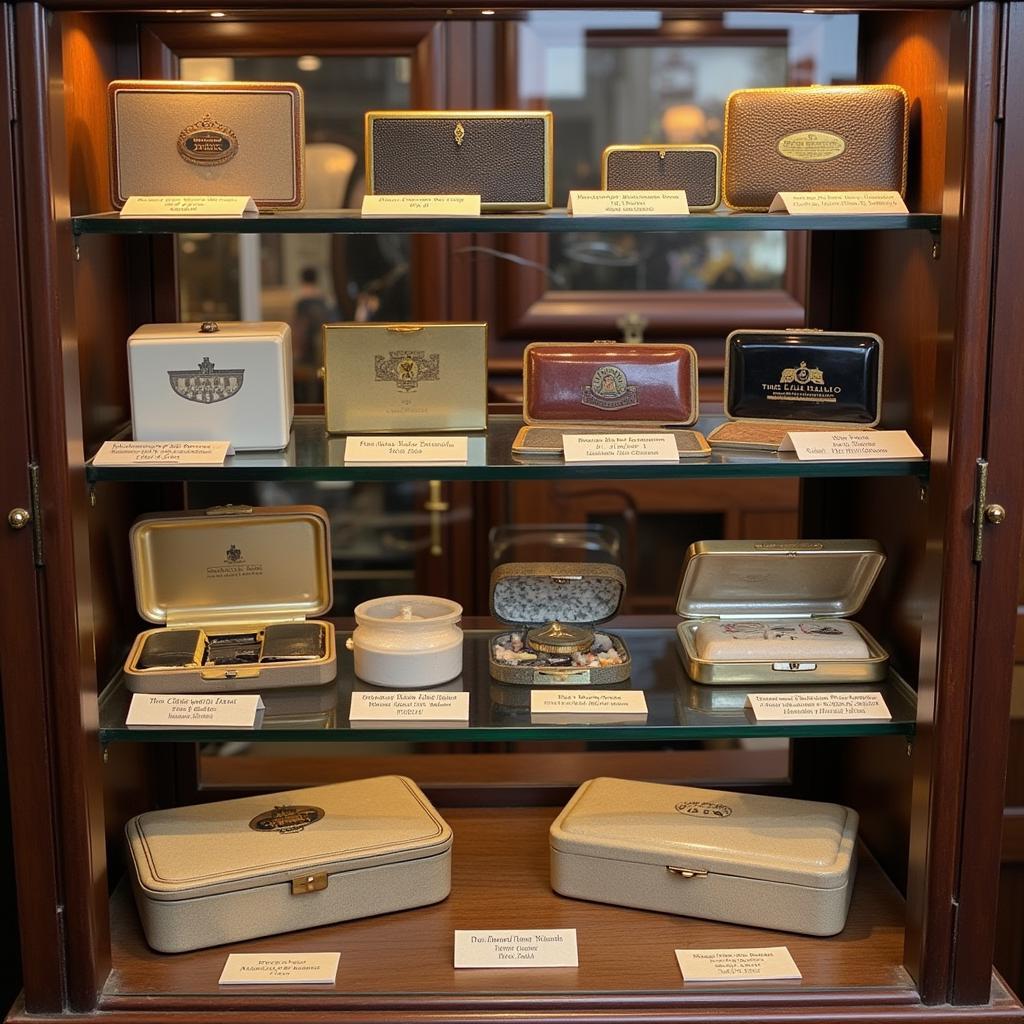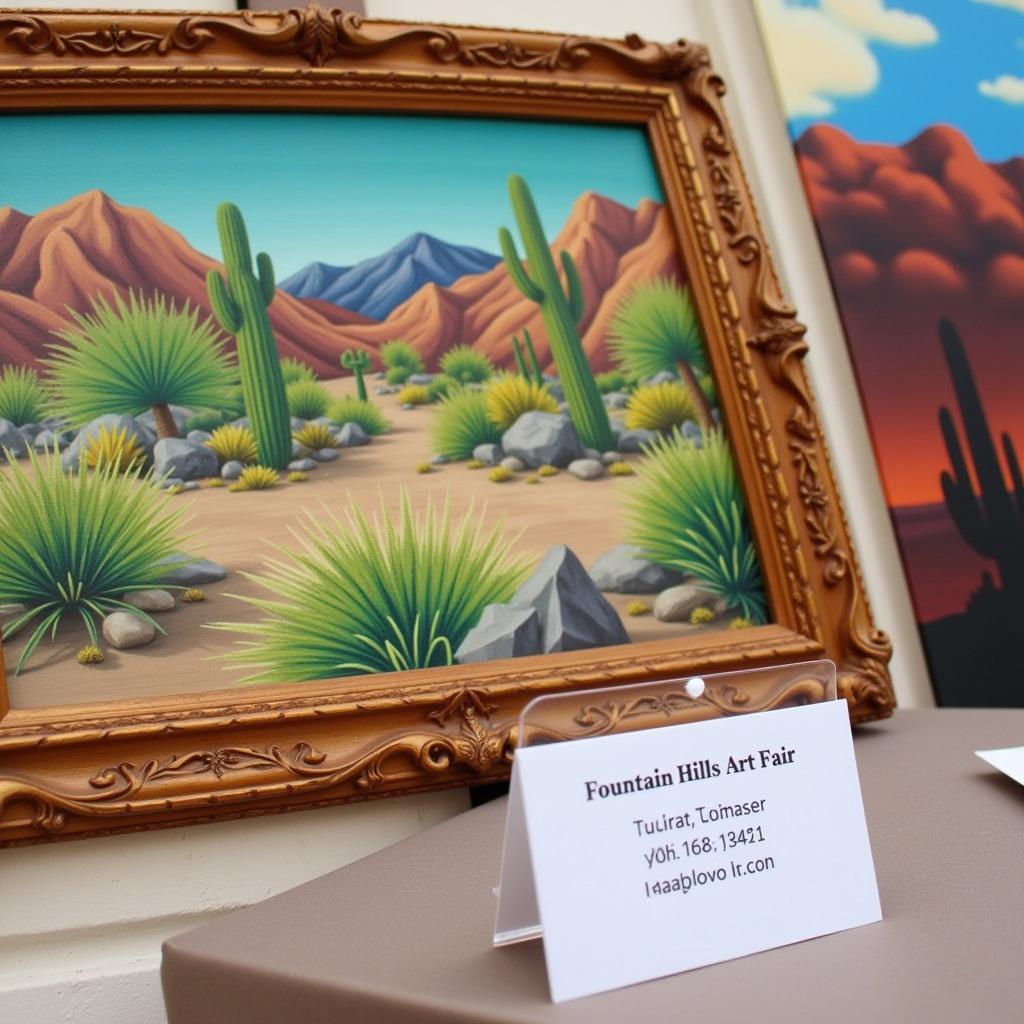Exploring the Rich Heritage of Indian Body Art
Indian Body Art represents a captivating intersection of culture, tradition, and artistic expression. From ancient practices to contemporary adaptations, these intricate designs woven onto the human canvas tell stories, celebrate rituals, and embody deep-rooted symbolism. This article delves into the fascinating world of Indian body art, exploring its diverse forms, historical significance, and evolving role in modern society. We’ll uncover the stories behind Mehndi, the intricate beauty of Alta, and the bold statements made by tribal tattoos. Let’s embark on this journey to discover the captivating world of Indian body art.
A Journey Through Time: The History of Indian Body Art
For centuries, Indian body art has served as a powerful medium of communication, expressing everything from social status and spiritual beliefs to personal adornment and aesthetic appreciation. Mehndi, perhaps the most recognizable form, has graced hands and feet for over 5,000 years. Originally used for its cooling properties in arid climates, it quickly evolved into a form of elaborate decoration for weddings, festivals, and other celebrations. The deep red hue of Alta, traditionally derived from natural ingredients, adds a touch of elegance to bridal attire and religious ceremonies. Beyond these, various tribal communities across India have maintained their unique tattooing traditions, each carrying symbolic weight and reflecting their distinct cultural identities. These practices offer a window into the rich tapestry of Indian history and the deep connection between art and life.
Mehndi: The Art of Henna
Mehndi, derived from the henna plant, involves creating intricate patterns on the skin using a paste made from dried henna leaves. These temporary tattoos, ranging from simple floral motifs to complex geometric designs, are an integral part of Indian weddings and festivals. The application of Mehndi is often a communal activity, with women gathering to share stories and celebrate together. The deep reddish-brown stain left by the henna is believed to symbolize good luck and prosperity. While traditional designs remain popular, contemporary artists are constantly pushing the boundaries of Mehndi, incorporating modern elements and personalized motifs to create unique and stunning works of art. Check our Sensual erotic art for more inspiration.
Alta: The Crimson Embrace
Alta, a vibrant red dye derived from natural sources, adds a touch of traditional elegance to various Indian rituals and celebrations. Often used to adorn the hands and feet of brides, Alta’s deep crimson hue symbolizes fertility, prosperity, and marital bliss. Unlike Mehndi, Alta is a temporary adornment, easily washed off after the ceremony. Its quick application and striking color make it a popular choice for festive occasions and religious performances. The bold contrast of Alta against the skin creates a captivating visual element, adding a touch of drama and tradition to any event.
Tribal Tattoos: Marks of Identity and Belonging
Beyond the widely recognized forms of Mehndi and Alta, numerous tribal communities across India have preserved their unique tattooing traditions. These tattoos, often created using natural pigments and traditional tools, hold deep cultural and spiritual significance. They serve as markers of identity, belonging, and social status within the tribe. The designs, often depicting animals, deities, or geometric patterns, reflect the tribe’s unique history, beliefs, and connection to their environment. These tattoos are not mere decorations; they are powerful symbols of heritage and tradition. Perhaps you would like to explore Body jewelry art?
Indian Body Art in the Modern World
While rooted in ancient traditions, Indian body art continues to evolve in the modern world. Contemporary artists are experimenting with new techniques, incorporating modern elements into traditional designs, and pushing the boundaries of creativity. Mehndi artists are now creating stunning contemporary pieces, incorporating glitter, crystals, and even metallic accents. The internet and social media have played a significant role in spreading awareness and appreciation for this art form globally. From fashion runways to everyday life, Indian body art has become a powerful form of self-expression, celebrating cultural heritage while embracing modern aesthetics. If you are captivated by vibrant colors, you might also enjoy exploring Belly art.
Conclusion
Indian body art, from the intricate patterns of Mehndi to the bold statements of tribal tattoos, offers a captivating glimpse into a rich cultural heritage. These art forms, passed down through generations, continue to evolve and inspire. Whether adorning hands for a wedding celebration, marking a significant life event, or simply expressing personal style, Indian body art continues to captivate and connect people across cultures and generations. This journey through the world of Indian body art reveals its enduring power to tell stories, celebrate traditions, and embody the beauty of human expression. For those interested in other art forms, you might find Framed elephant wall art intriguing.
FAQ
- How long does Mehndi last? Mehndi typically lasts for one to three weeks, gradually fading over time.
- Is Alta harmful to the skin? Traditionally made Alta is generally safe for the skin, but it’s always best to test a small area first.
- Are tribal tattoos permanent? Traditional tribal tattoos are typically permanent.
- Where can I learn more about Indian body art? Numerous online resources and books offer in-depth information about Indian body art.
- What are some common Mehndi motifs? Common motifs include floral designs, paisley patterns, and geometric shapes.
- What is the significance of Mehndi in Indian weddings? Mehndi is believed to bring good luck and blessings to the bride.
- Are there any cultural restrictions associated with Indian body art? Certain designs and practices may have specific cultural significance and should be approached with respect and understanding.
Need assistance? Contact us at Phone: 02462573573, Email: danteum@gmail.com, or visit us at Savico Megamall, 7-9 Đ. Nguyễn Văn Linh, Gia Thụy, Long Biên, Hà Nội 10000, Việt Nam. We have a 24/7 customer service team.




